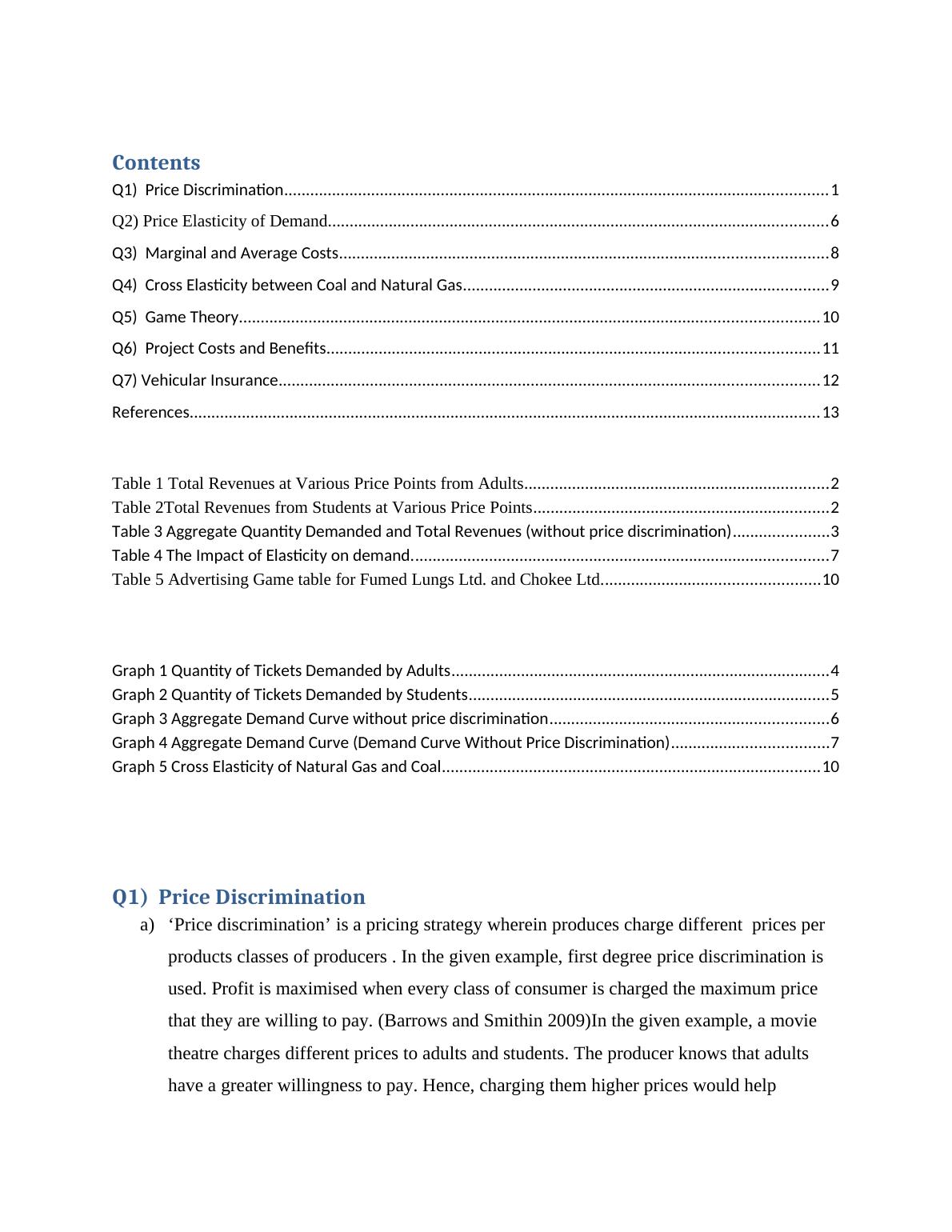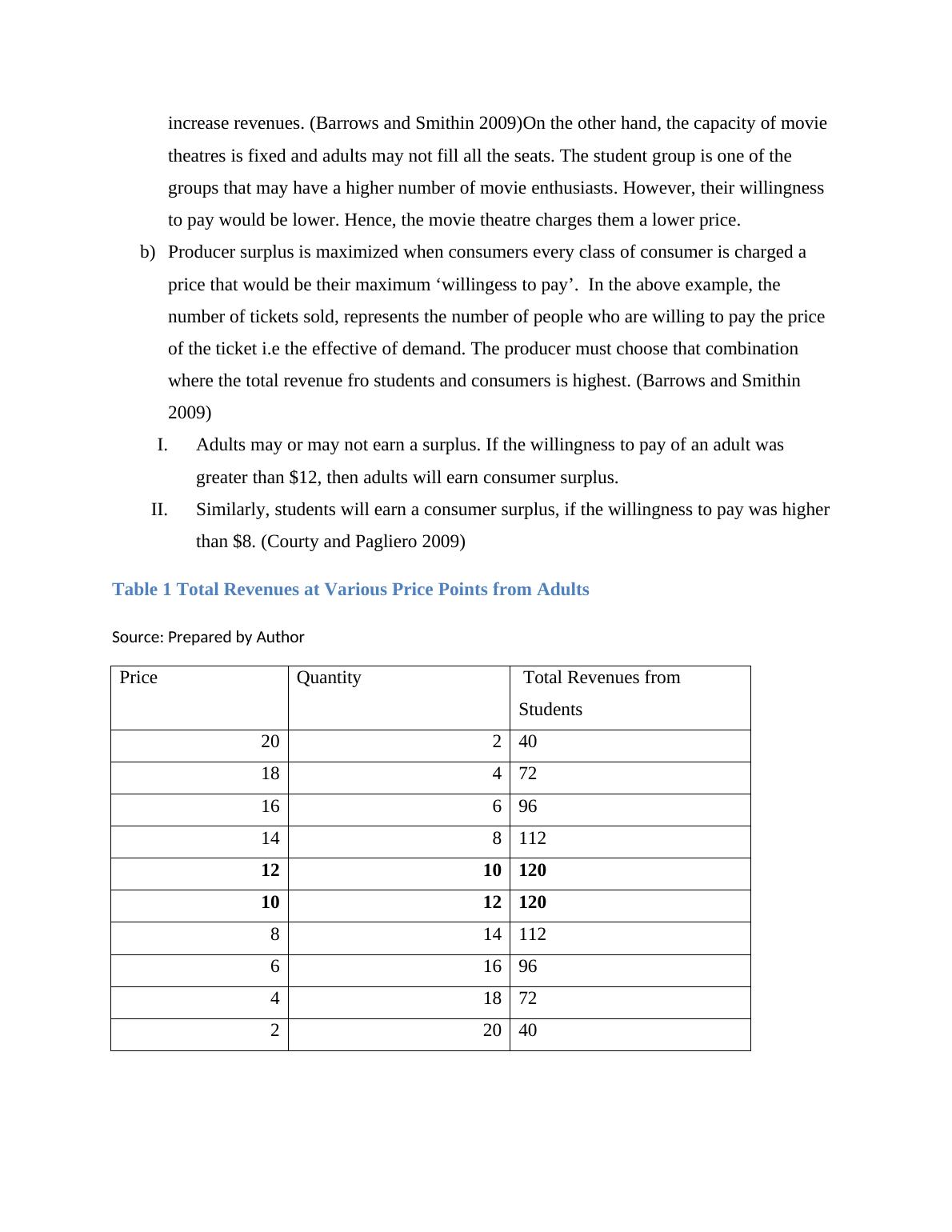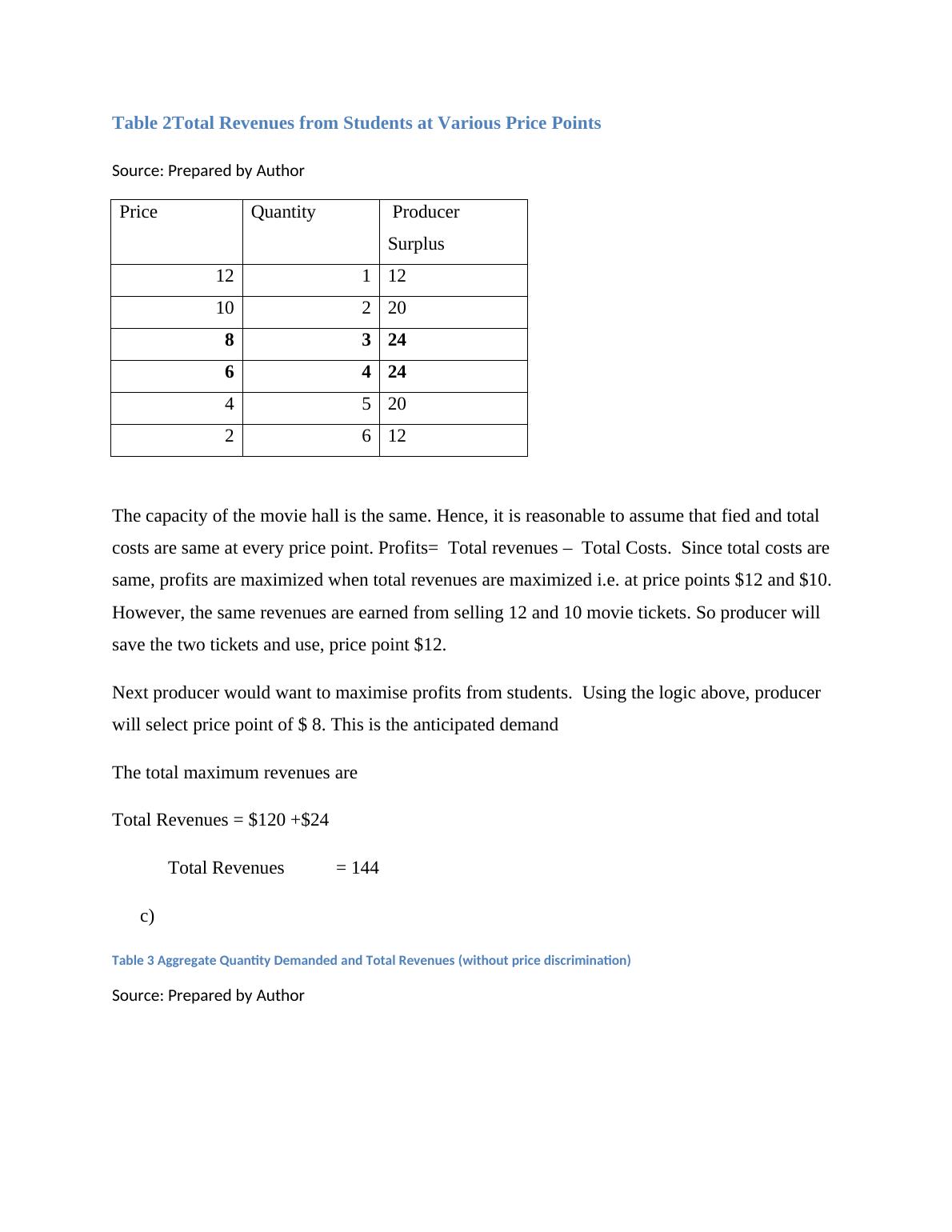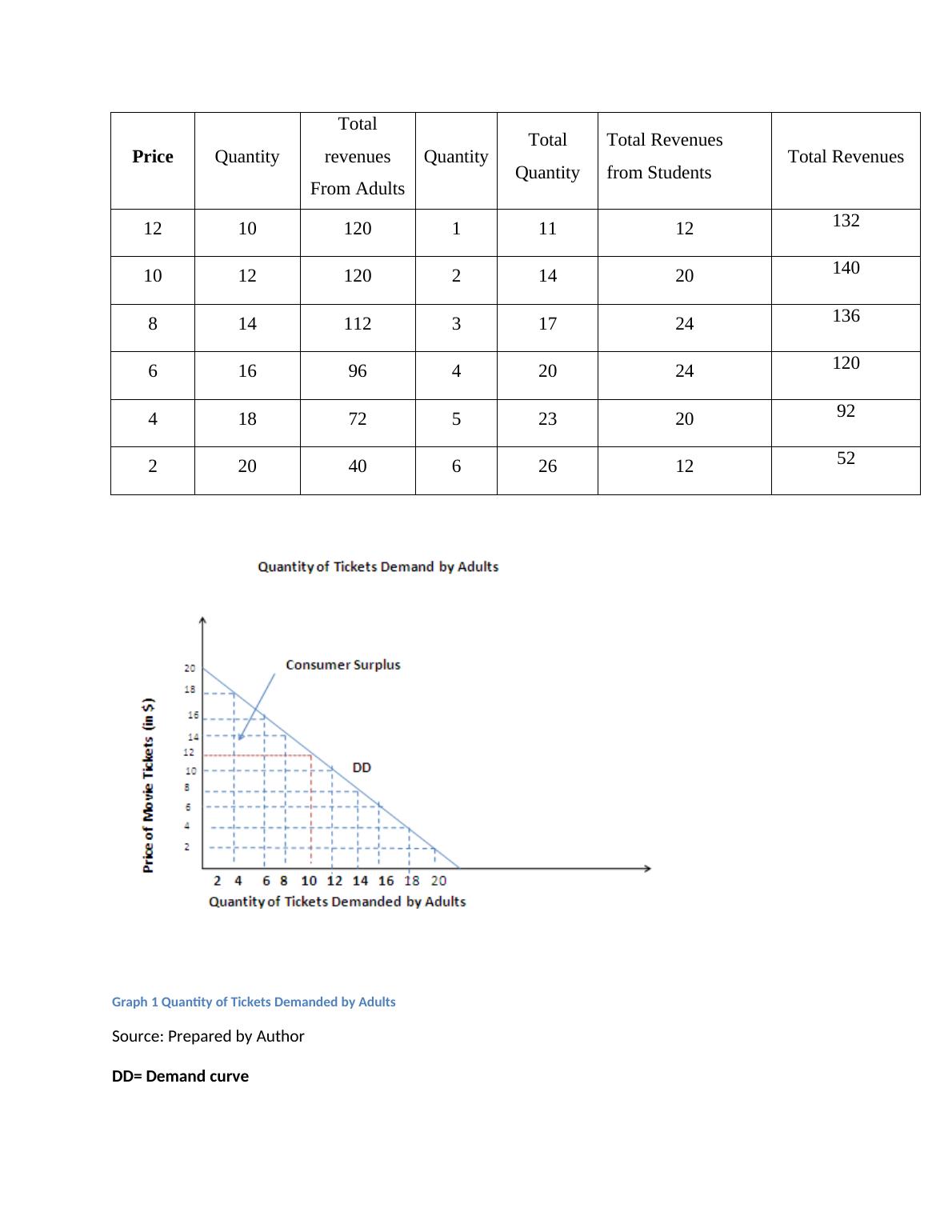Microeconomics Elasticity Of Demand Assignment
Added on 2020-03-16
14 Pages2894 Words87 Views
ContentsQ1) Price Discrimination.............................................................................................................................1Q2) Price Elasticity of Demand...................................................................................................................6Q3) Marginal and Average Costs................................................................................................................8Q4) Cross Elasticity between Coal and Natural Gas....................................................................................9Q5) Game Theory.....................................................................................................................................10Q6) Project Costs and Benefits.................................................................................................................11Q7) Vehicular Insurance............................................................................................................................12References.................................................................................................................................................13Table 1 Total Revenues at Various Price Points from Adults......................................................................2Table 2Total Revenues from Students at Various Price Points....................................................................2Table 3 Aggregate Quantity Demanded and Total Revenues (without price discrimination)......................3Table 4 The Impact of Elasticity on demand................................................................................................7Table 5 Advertising Game table for Fumed Lungs Ltd. and Chokee Ltd..................................................10YGraph 1 Quantity of Tickets Demanded by Adults.......................................................................................4Graph 2 Quantity of Tickets Demanded by Students...................................................................................5Graph 3 Aggregate Demand Curve without price discrimination................................................................6Graph 4 Aggregate Demand Curve (Demand Curve Without Price Discrimination)....................................7Graph 5 Cross Elasticity of Natural Gas and Coal.......................................................................................10Q1) Price Discriminationa)‘Price discrimination’ is a pricing strategy wherein produces charge different prices per products classes of producers . In the given example, first degree price discrimination is used. Profit is maximised when every class of consumer is charged the maximum price that they are willing to pay. [ CITATION Dav09 \l 1033 ]In the given example, a movie theatre charges different prices to adults and students. The producer knows that adults have a greater willingness to pay. Hence, charging them higher prices would help

increase revenues. [ CITATION Dav09 \l 1033 ]On the other hand, the capacity of movie theatres is fixed and adults may not fill all the seats. The student group is one of the groups that may have a higher number of movie enthusiasts. However, their willingness to pay would be lower. Hence, the movie theatre charges them a lower price.b)Producer surplus is maximized when consumers every class of consumer is charged a price that would be their maximum ‘willingess to pay’. In the above example, the number of tickets sold, represents the number of people who are willing to pay the price of the ticket i.e the effective of demand. The producer must choose that combination where the total revenue fro students and consumers is highest. [ CITATION Dav09 \l 1033 ]I.Adults may or may not earn a surplus. If the willingness to pay of an adult was greater than $12, then adults will earn consumer surplus.II.Similarly, students will earn a consumer surplus, if the willingness to pay was higher than $8. [ CITATION Pas09 \l 1033 ]Table Total Revenues at Various Price Points from AdultsSource: Prepared by AuthorPriceQuantityTotal Revenues from Students20240184721669614811212101201012120814112616964187222040Table Total Revenues from Students at Various Price PointsSource: Prepared by AuthorPriceQuantityProducer Surplus

12112102208324642445202612The capacity of the movie hall is the same. Hence, it is reasonable to assume that fied and total costs are same at every price point. Profits= Total revenues – Total Costs. Since total costs are same, profits are maximized when total revenues are maximized i.e. at price points $12 and $10. However, the same revenues are earned from selling 12 and 10 movie tickets. So producer will save the two tickets and use, price point $12. Next producer would want to maximise profits from students. Using the logic above, producer will select price point of $ 8. This is the anticipated demandThe total maximum revenues areTotal Revenues = $120 +$24Total Revenues= 144c)Table Aggregate Quantity Demanded and Total Revenues (without price discrimination)Source: Prepared by AuthorPriceQuantityTotalrevenuesFrom AdultsQuantityTotalQuantityTotal Revenues from StudentsTotal Revenues121012011112132101212021420140814112317241366169642024120418725232092

220406261252Graph Quantity of Tickets Demanded by AdultsSource: Prepared by AuthorDD= Demand curveConsumer Surplus = Above price point #12Maximum profit marked by red dashed lines = 12 X10 = $ 120

End of preview
Want to access all the pages? Upload your documents or become a member.
Related Documents
BSA 2019 - Price Discriminationlg...
|9
|2325
|44
Price Discrimination- Doclg...
|8
|2637
|80
Assignment on Microeconomicslg...
|10
|838
|237
Aviation Advanced Economicslg...
|7
|1109
|60
Quantity Demanded Question and Answer 2022lg...
|7
|1449
|10
Third Degree Price Discrimination in the Airline Industrylg...
|9
|1156
|46